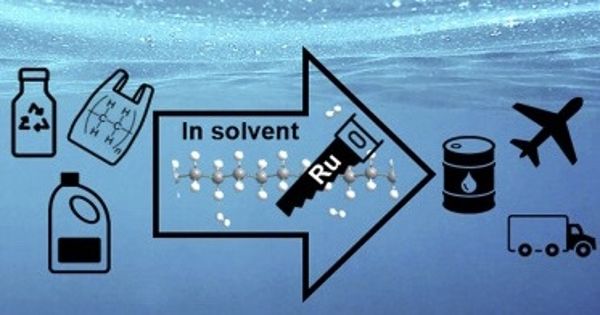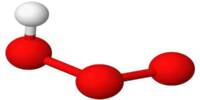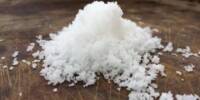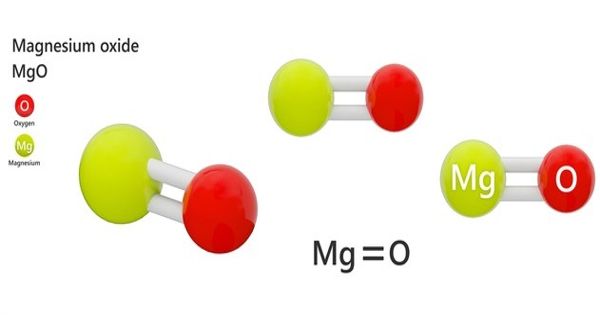Dimethylmercury, with the chemical formula (CH3)2Hg, is a highly toxic organic compound. It’s a colorless liquid with a mildly sweet aroma. Dimethylmercury is notorious for being extremely toxic even in trace amounts. It is easily absorbed through the skin and highly volatile, which means it can easily evaporate and be inhaled.
Dimethylmercury is a highly volatile, reactive, flammable, and colorless liquid that is one of the strongest known neurotoxins, with a concentration of less than 0.1 mL capable of inducing severe mercury poisoning and death and is easily absorbed through the skin. Dimethylmercury has the ability to permeate a wide range of materials, including plastics and rubber compounds. It has been described as having a slightly sweet odor, though those who reported it had been exposed to dangerous levels.
Dimethylmercury exposure can have serious health consequences, including neurological damage. Poisoning symptoms may include headache, dizziness, impaired coordination, and sensory disturbances because the compound is known to target the central nervous system. Long-term or high-dose exposure can result in more serious side effects, such as kidney, liver, and respiratory system damage, as well as death.
Following the tragic death of chemist Karen Wetterhahn in 1997, dimethylmercury received significant attention in the scientific community. She accidentally spilled a few drops of dimethylmercury on her latex glove, and despite immediate efforts to decontaminate herself, she died of mercury poisoning several months later.
Use
Because of the risks involved, dimethylmercury has few applications at the moment. It is a methylating agent that can donate its methyl groups to an organic molecule, as with many methyl-organometallics; however, the development of less toxic nucleophiles such as dimethylzinc, trimethylaluminium, and Grignard reagents (organomagnesium halides) has essentially rendered this compound obsolete in organic chemistry.
It was also investigated for reactions involving the bonding of methylmercury cations to target molecules, resulting in the formation of potent bactericides, but methylmercury’s bioaccumulation and ultimate toxicity have led to its large abandonment in favor of the less toxic ethylmercury and diethylmercury compounds, which perform a similar function without the bioaccumulation risk.
Safety
Dimethylmercury is extremely toxic and dangerous to handle. Absorption of doses as low as 0.1 mL can result in severe mercury poisoning. The risks are enhanced because of the compound’s high vapor pressure. Medicinal chemist Derek Lowe called it “deadly and hideous” in a 2013 article.
Dimethylmercury is handled with extreme caution in laboratory settings due to its extreme toxicity. When working with this substance, proper protective equipment, such as highly resistant gloves and a fume hood, must be used. To reduce the risk of exposure, strict safety protocols and procedures are in place.
















